Today, the biggest news come from Ukraine.
Across the battlefields, strange new armored silhouettes are emerging, covered in tangled frameworks of metal rods and rebar that give them a distinctly spiky appearance. These so-called hedgehog tanks are the latest adaptation in the ongoing struggle to survive drone warfare, evolving from the earlier turtle tanks that once symbolized frontline improvisation and now hint at the next stage of armor improvement.
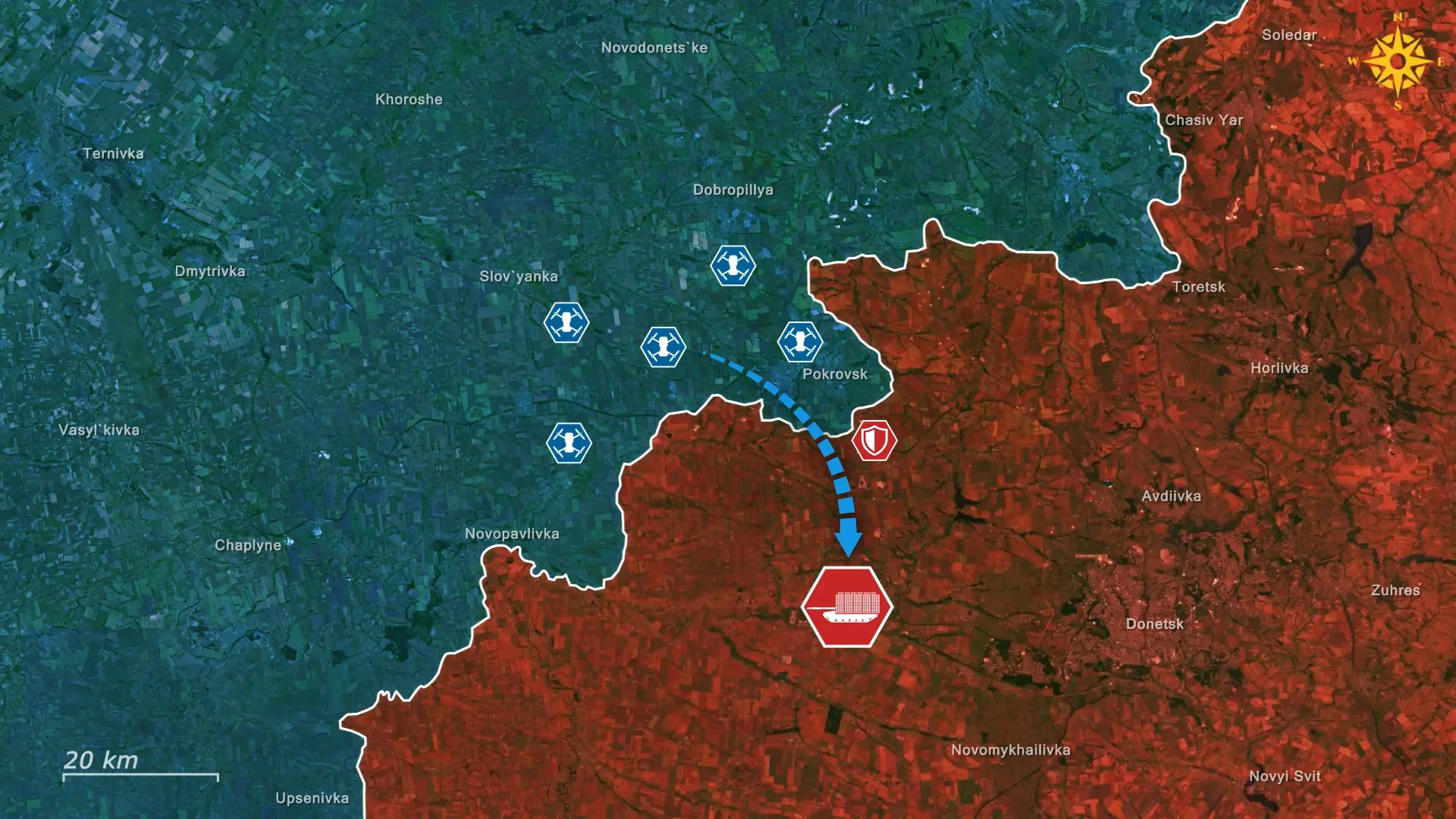
The rise of hedgehog tanks and armored vehicles came as a natural evolution of earlier anti-drone armor designs. Turtle tanks provided strong protection but were heavy, slow, and hard to maneuver, while their enclosed shells prevented infantry from firing at incoming drones. This gave drone operators more time to target weak points like the engine deck or hatches.
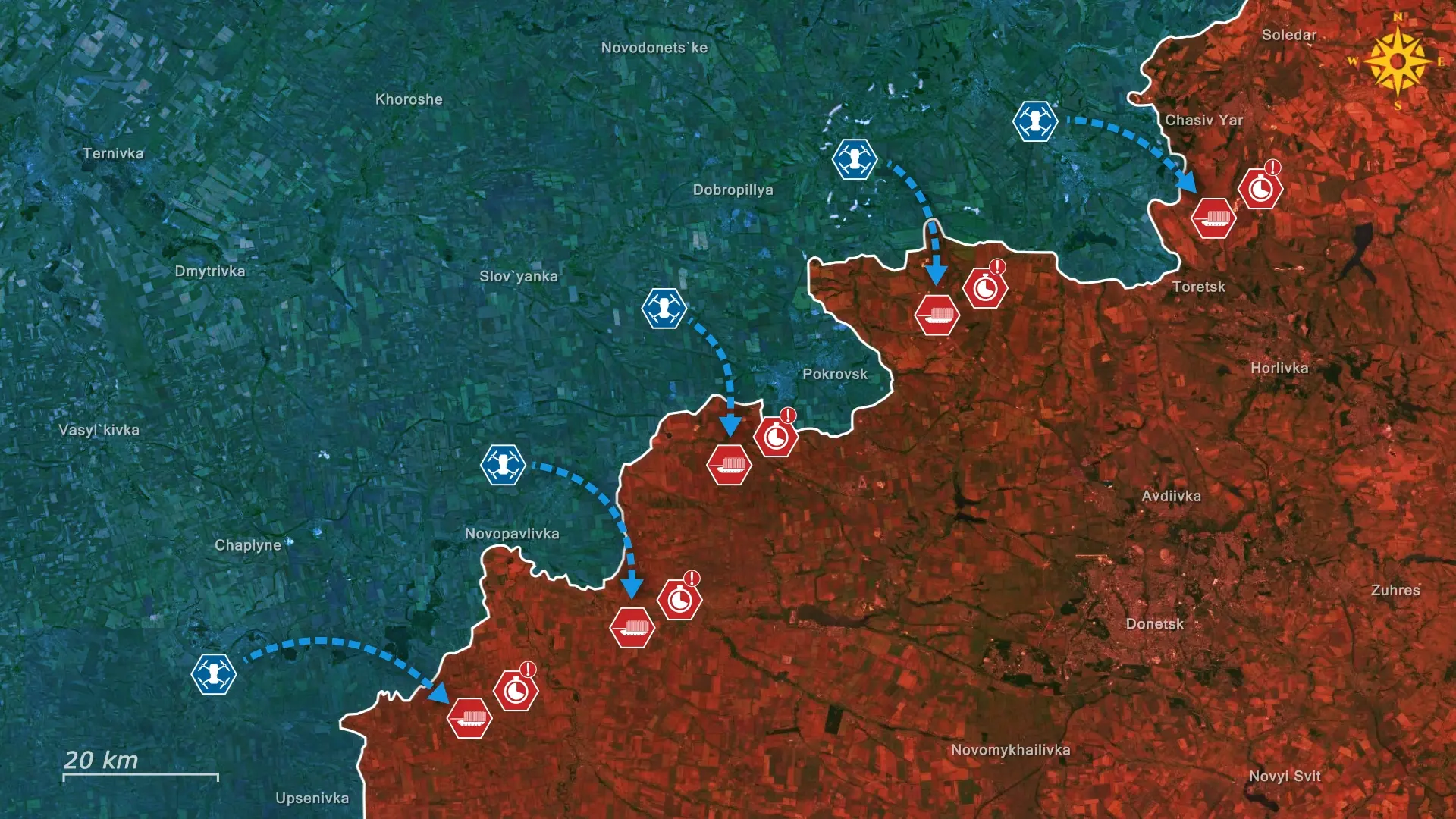
To counter this, engineers added spikes that kept drones at a distance and disrupted precise attacks, creating the next step in adapting armored vehicles to modern drone warfare. The rise of hedgehog tanks came as a direct evolution of earlier anti-drone armor designs.
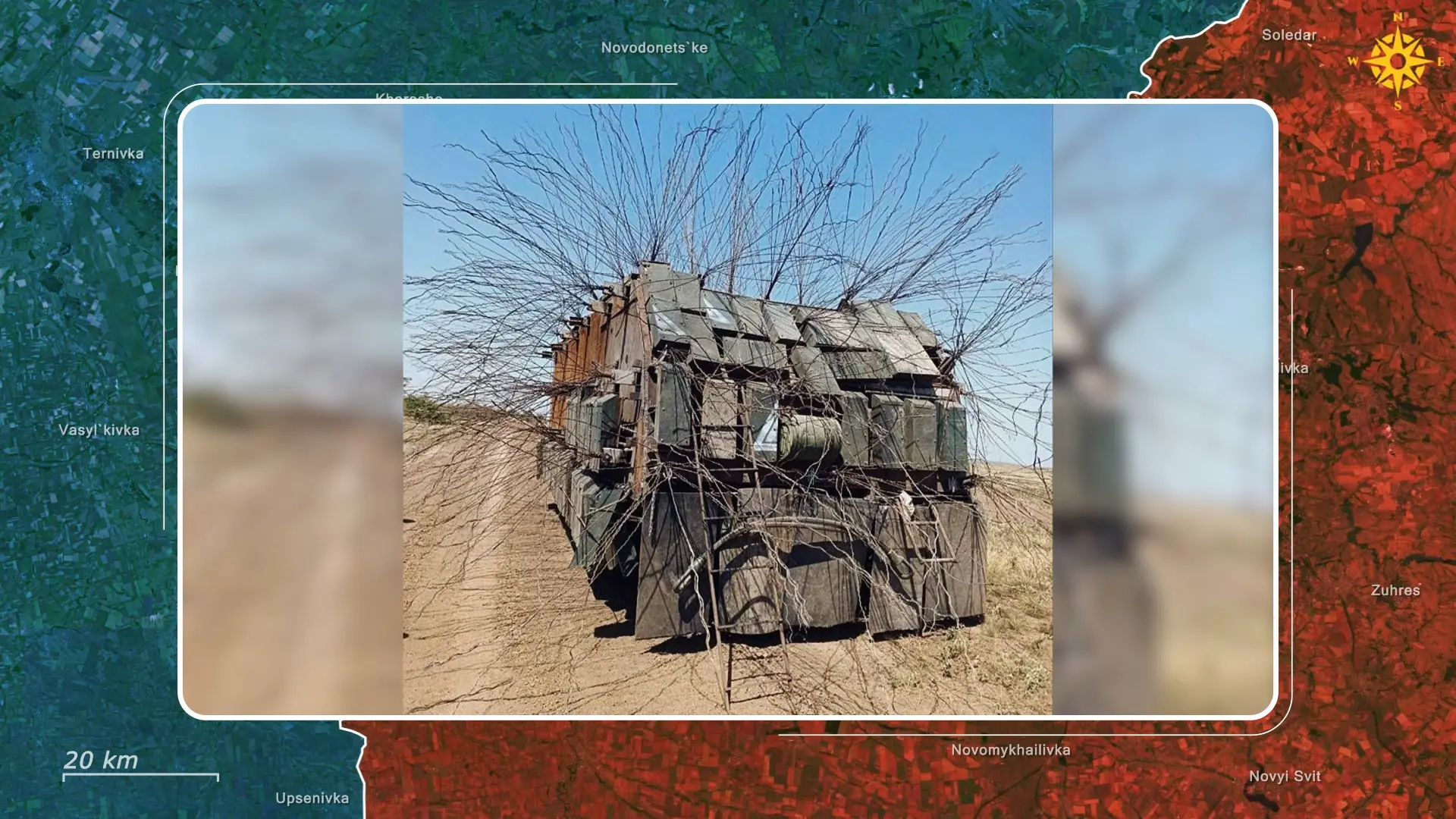
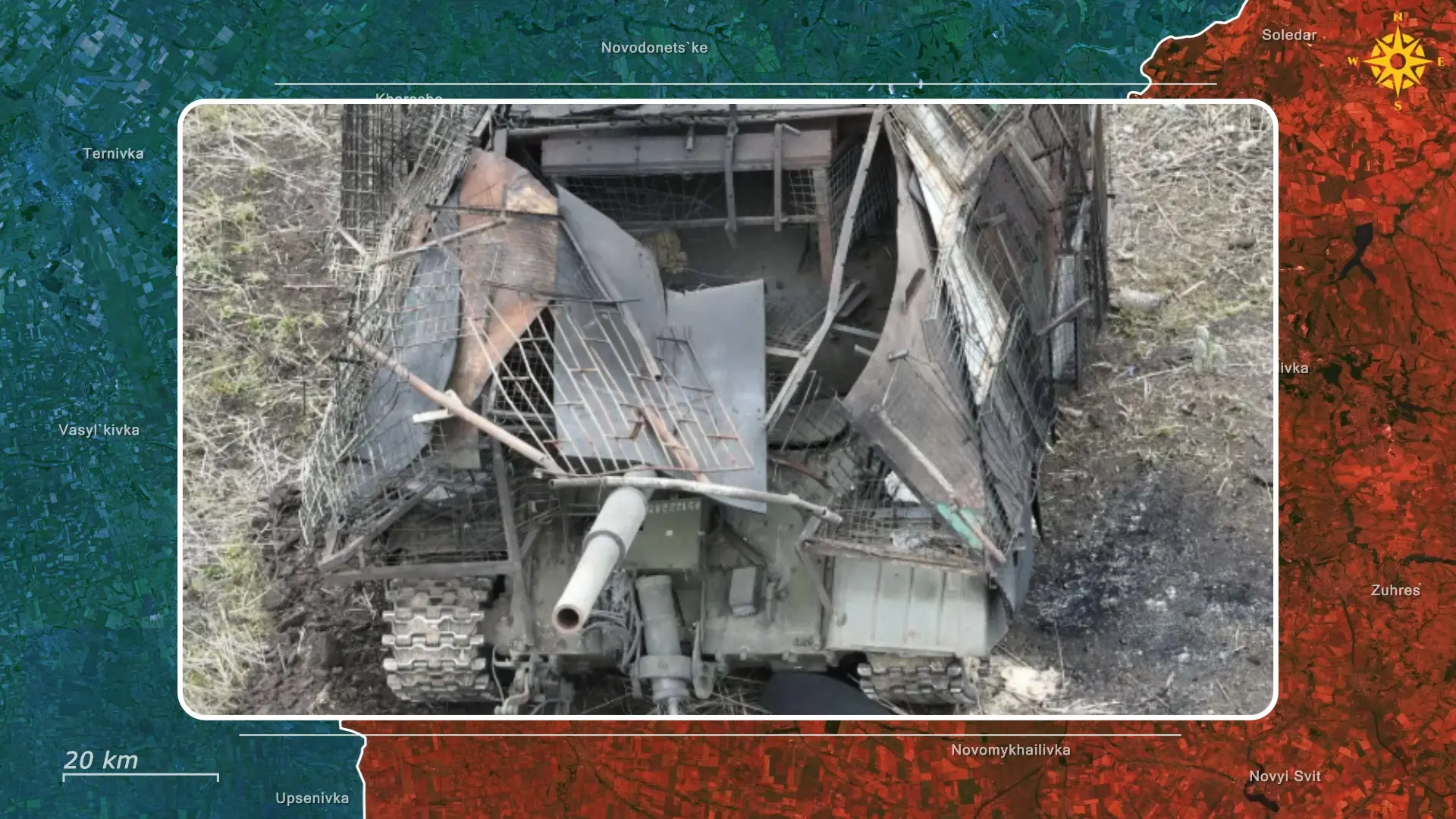
When flat shells and cage structures on turtle tanks proved insufficient against skilled drone operators who could steer through gaps, engineers looked for a new solution. Adding spikes around the vehicle created another layer of defense, that interfered with a drone’s approach, marking the next step in the ongoing effort to adapt armored vehicles to modern drone warfare.
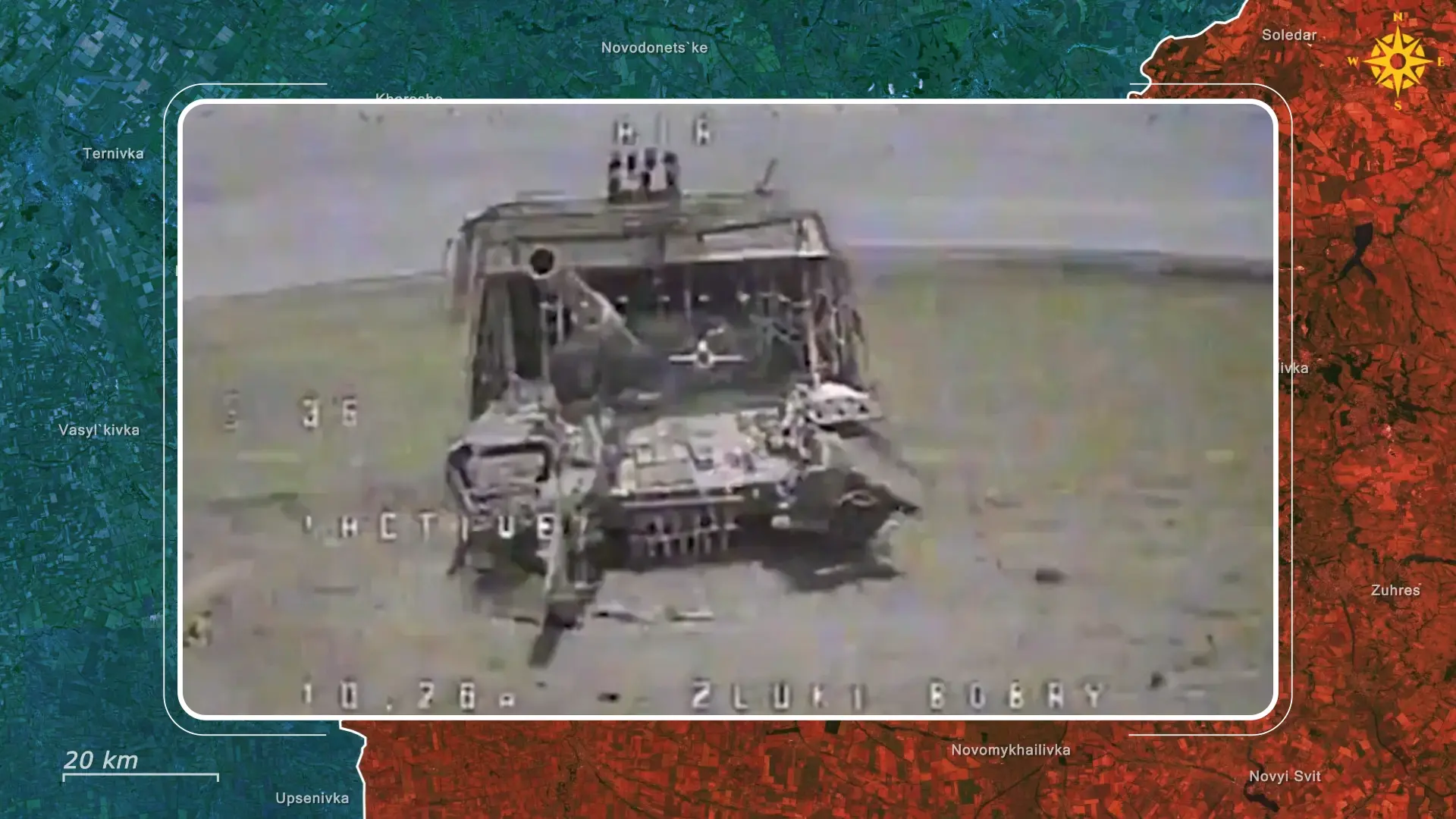
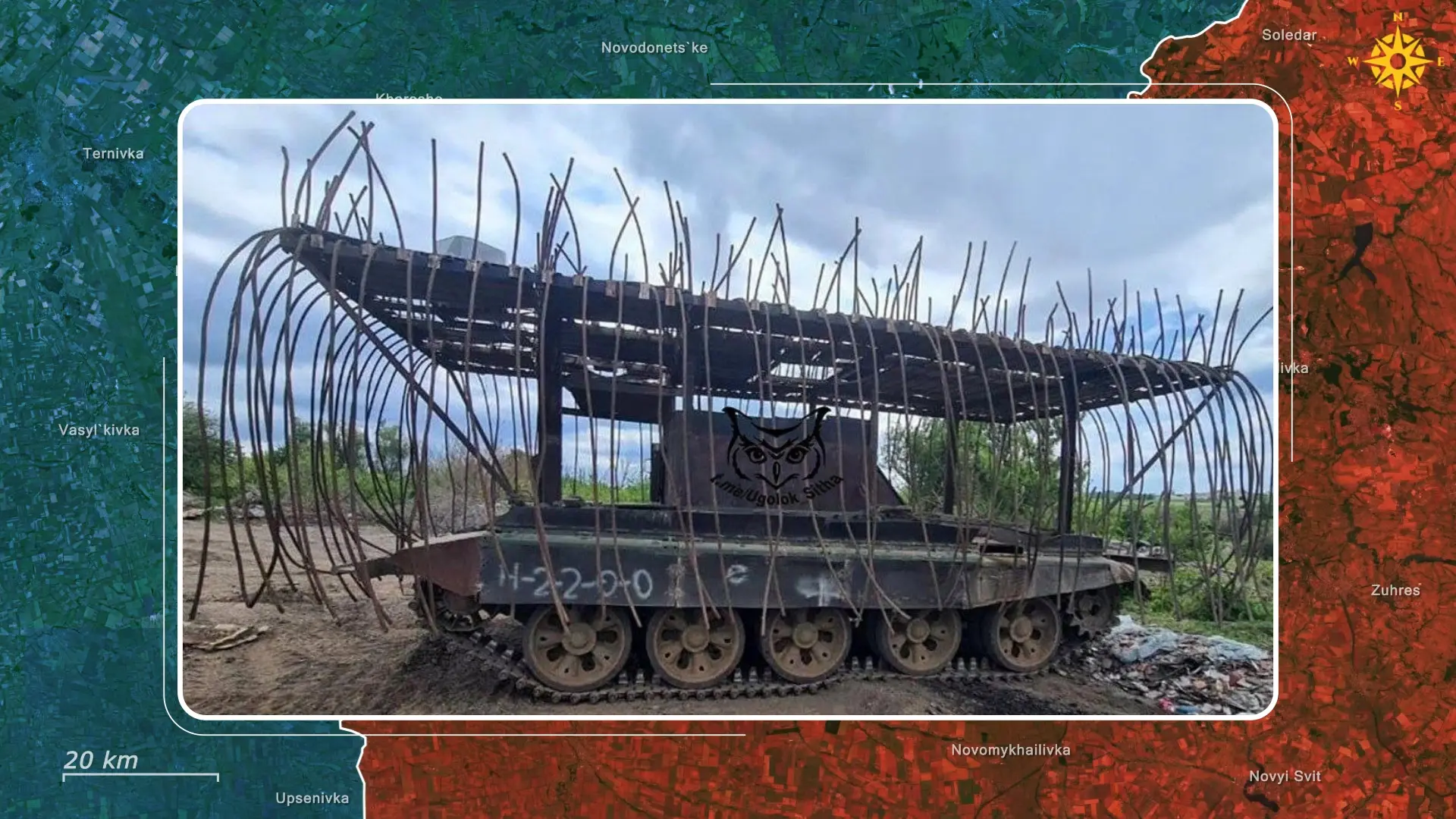
These modifications are usually produced at the front rather than in factories, with units welding steel rods and rebar onto existing shells and adjusting lengths and angles through quick field trials. Crews test these setups directly in combat, observe how the structures perform under drone attack and quickly refine the configuration.
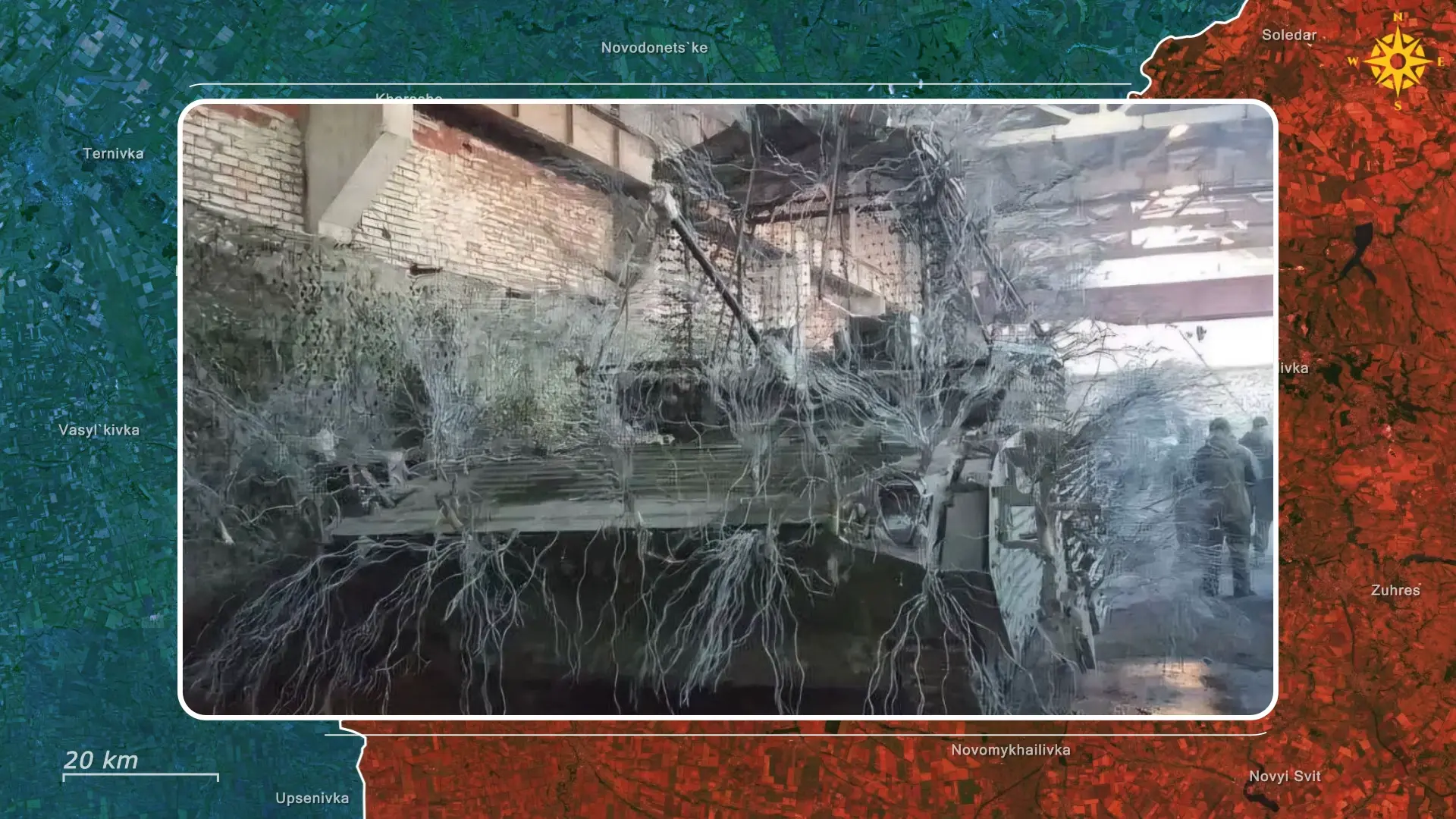
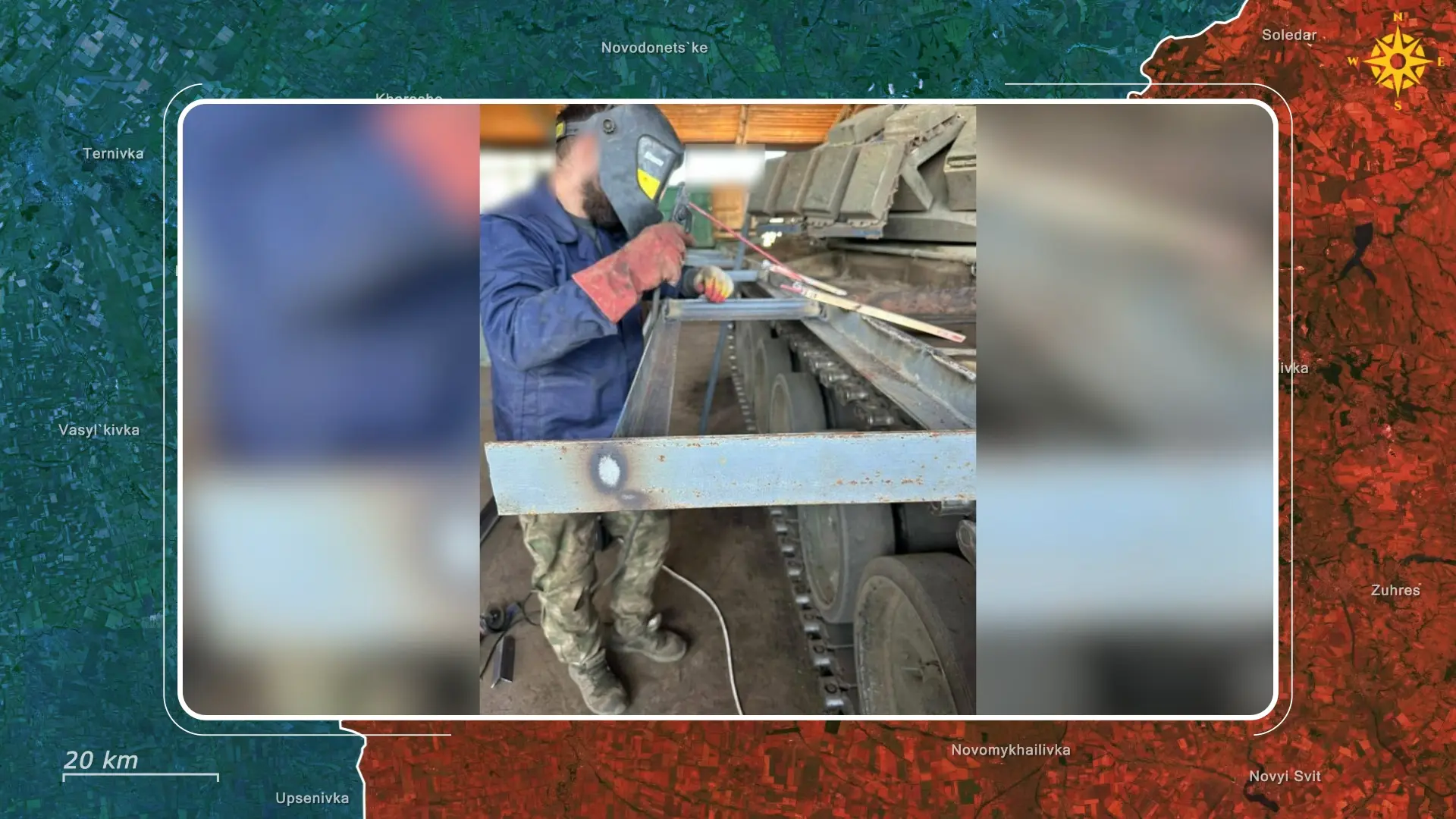
For the soldiers who rely on these vehicles the practical benefits are clear, since the spikes often cause an attacking drone to lose control before it reaches the main armor, thereby reducing damage to the vehicle and improving survivability. The web of rods also disrupts flight paths, making accurate strikes on weak points much harder to conduct.
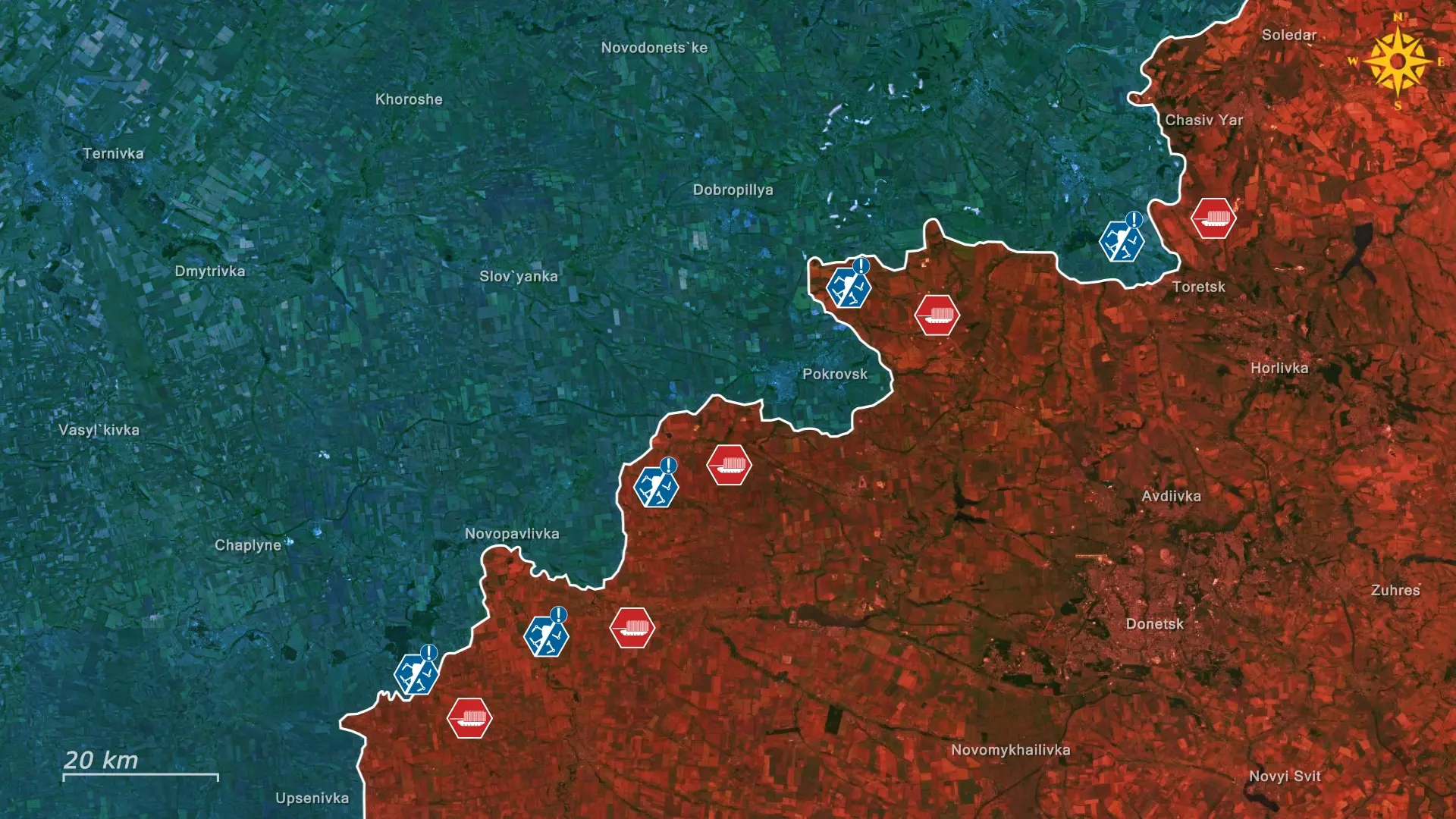
Unlike the heavy turtle shells they are usually built upon, the spikes add only a small amount of extra weight, meaning they do not significantly reduce the tank’s mobility while still providing a noticeable boost in protection and survivability. Frontline reports indicate that such porcupine have survived surprisingly many drone strikes before being lost or had to retreat. While this does not make them invulnerable, it shows that simple improvisation can extend the lifespan of armored vehicles in the most drone-saturated combat zones of modern warfare.
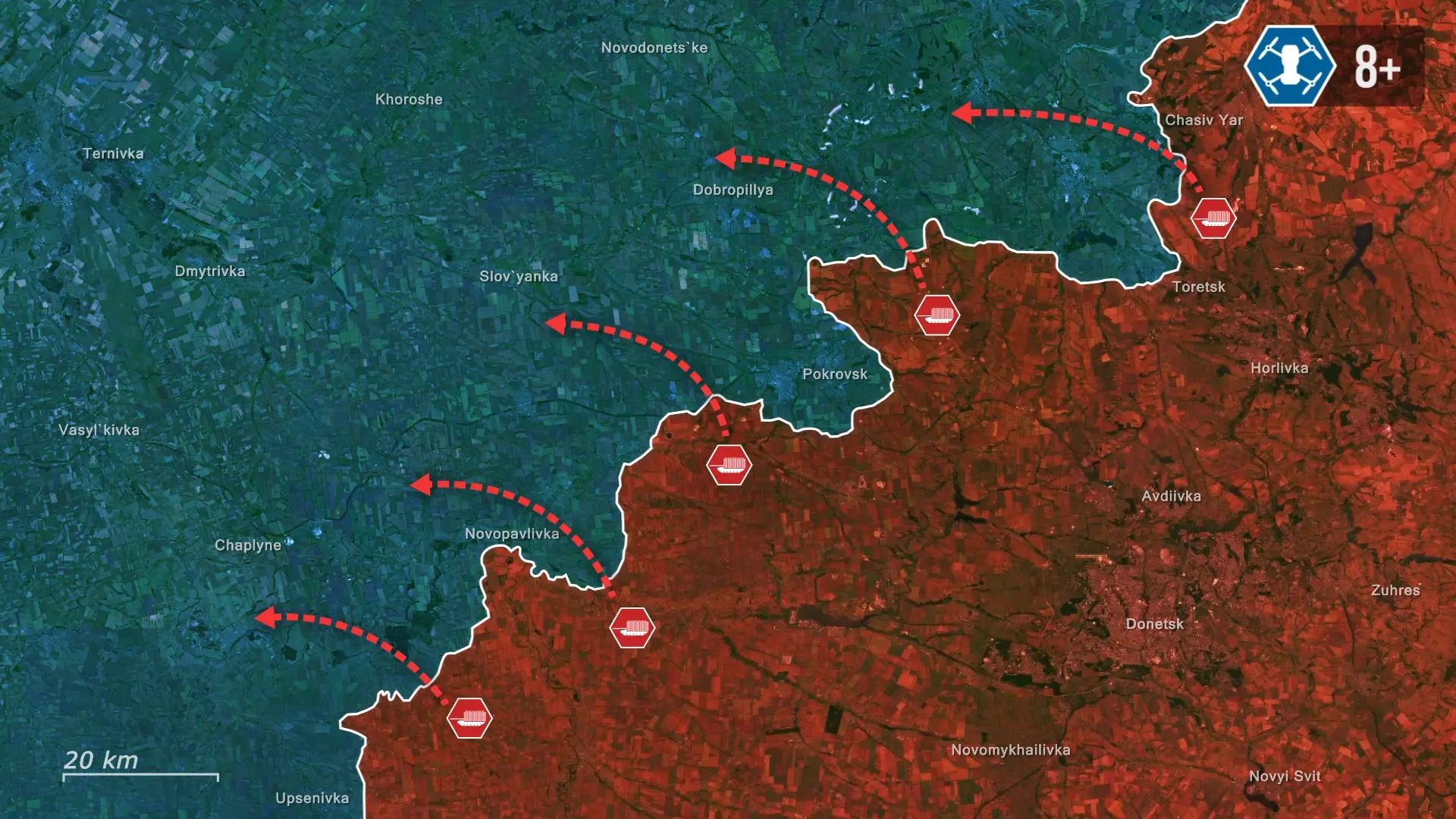
Despite its usefulness, the hedgehog design comes with serious drawbacks, many of which are similar to or even worse than those of turtle tanks. The clearest problem is mobility because the spikes can catch on trees, wires, debris, or even friendly personnel, making movement through forests or urban areas difficult or impossible. They also limit access for bridges and tunnels and complicate towing or field repairs, having to work around the spiked extensions. Maintenance and bailing becomes much harder because the rods block hatches and access panels, and the maze of steel around the tank can easily trap the crew inside. The spiked profile also increases visibility, turning these vehicles into prominent targets for reconnaissance drones and artillery.

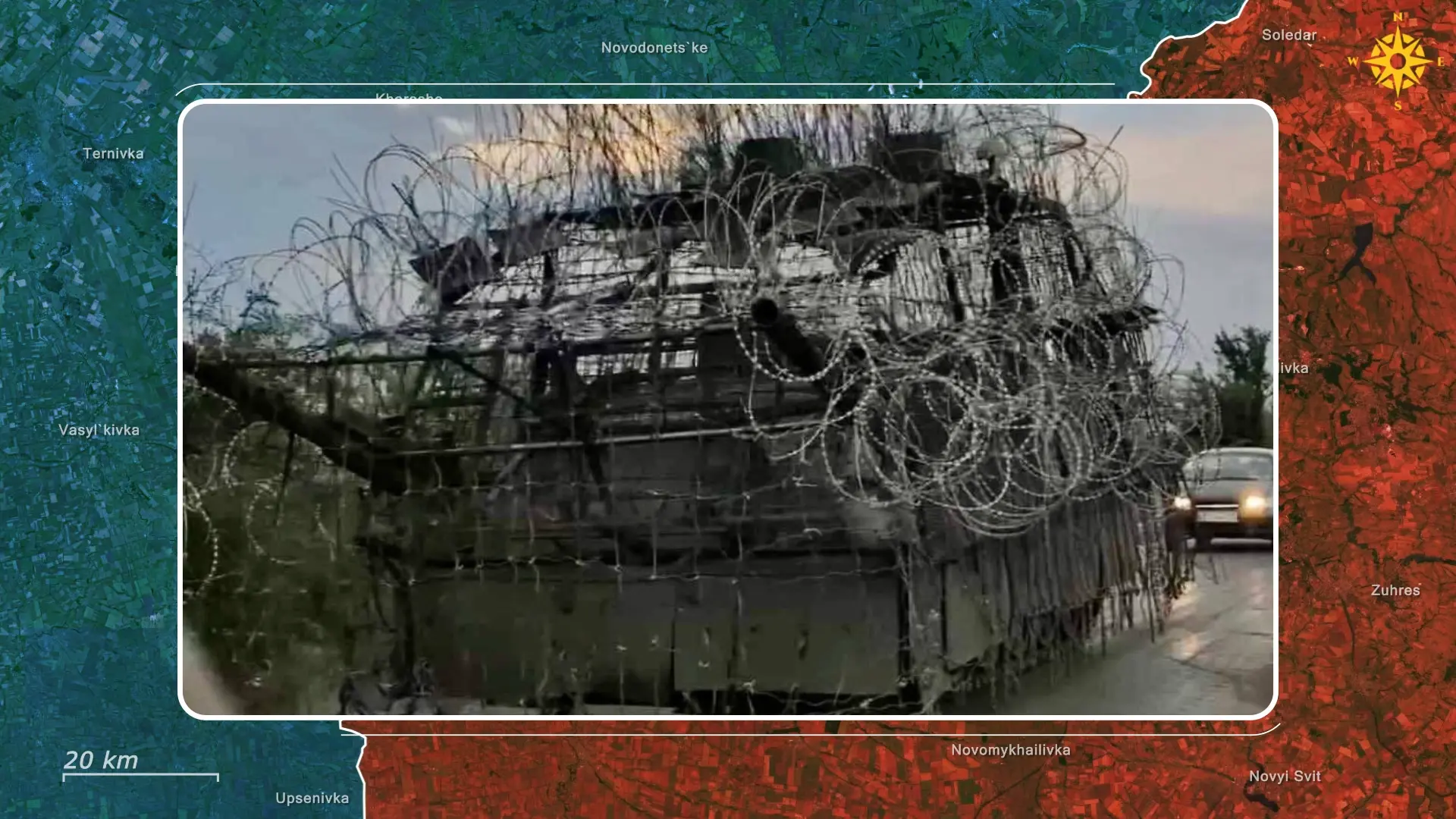
Some analysts have even suggested that the dense metal rods might interfere with onboard communications or electronic jamming systems, weakening one layer of defense while strengthening another. And while the spikes can deflect or disrupt smaller FPV drones, they cannot protect against every type of attack. Skilled operators can still find weak angles or use heavier explosives to defeat a hedgehog, and drone crews often aim for the tracks because immobilizing the vehicle leaves it exposed to follow up artillery fire.
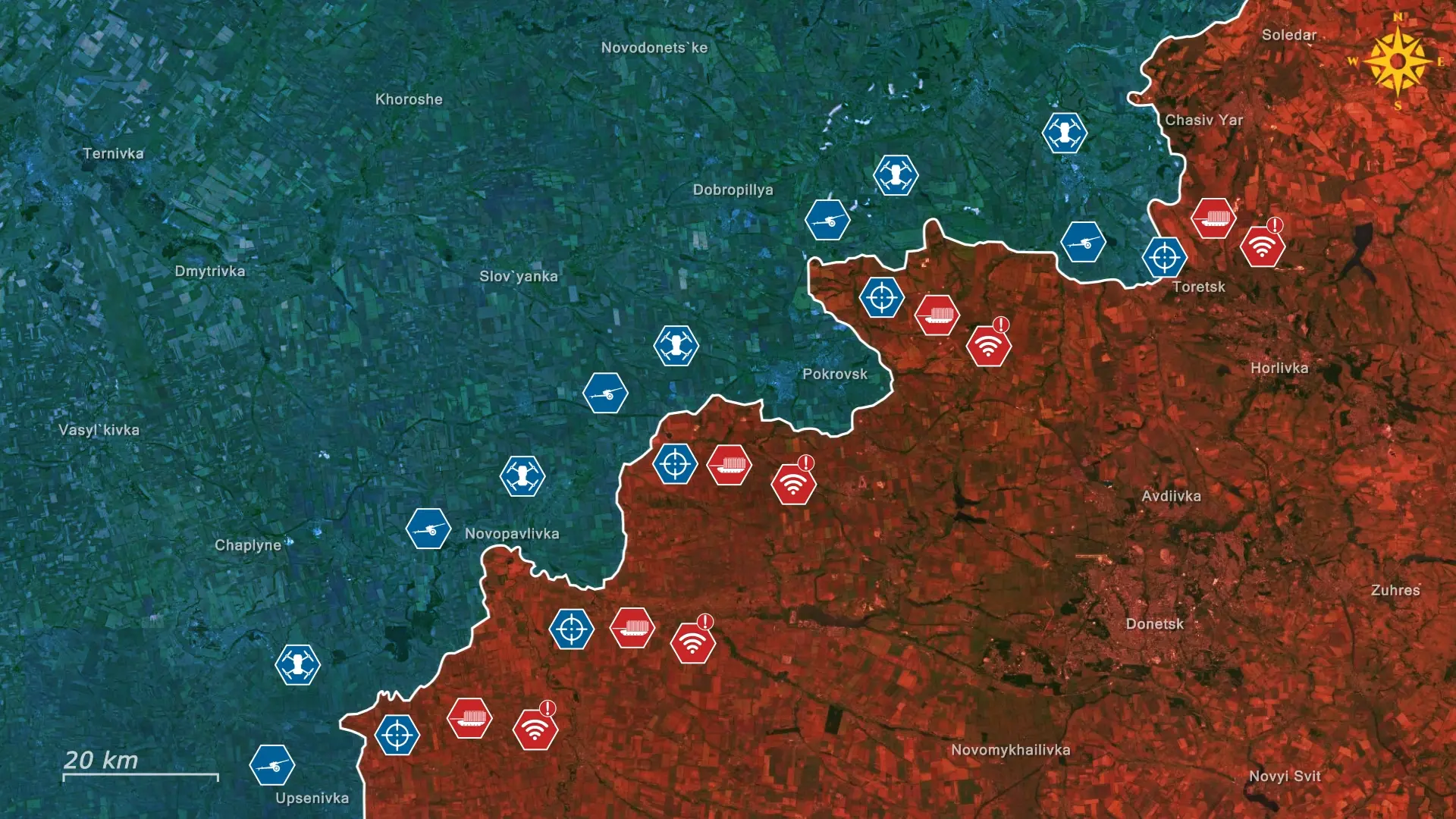
Overall, the appearance of hedgehog tanks highlights the constant contest between advancing drone warfare and the efforts to preserve armored survivability on the battlefield. These spiked vehicles mark a practical step forward in armor evolution, extending protection outward to disrupt drone trajectories and improve survival when paired with turtle shells and electronic countermeasures. However, their heavy structure, poor visibility, and limited mobility continue to restrict their broader effectiveness, and new drone tactics are already emerging to bypass such defenses. In the end, hedgehog tanks stand as an inventive but temporary solution whose legacy will depend on whether they truly keep more crews alive or fade into history as another improvised experiment in a grinding war.
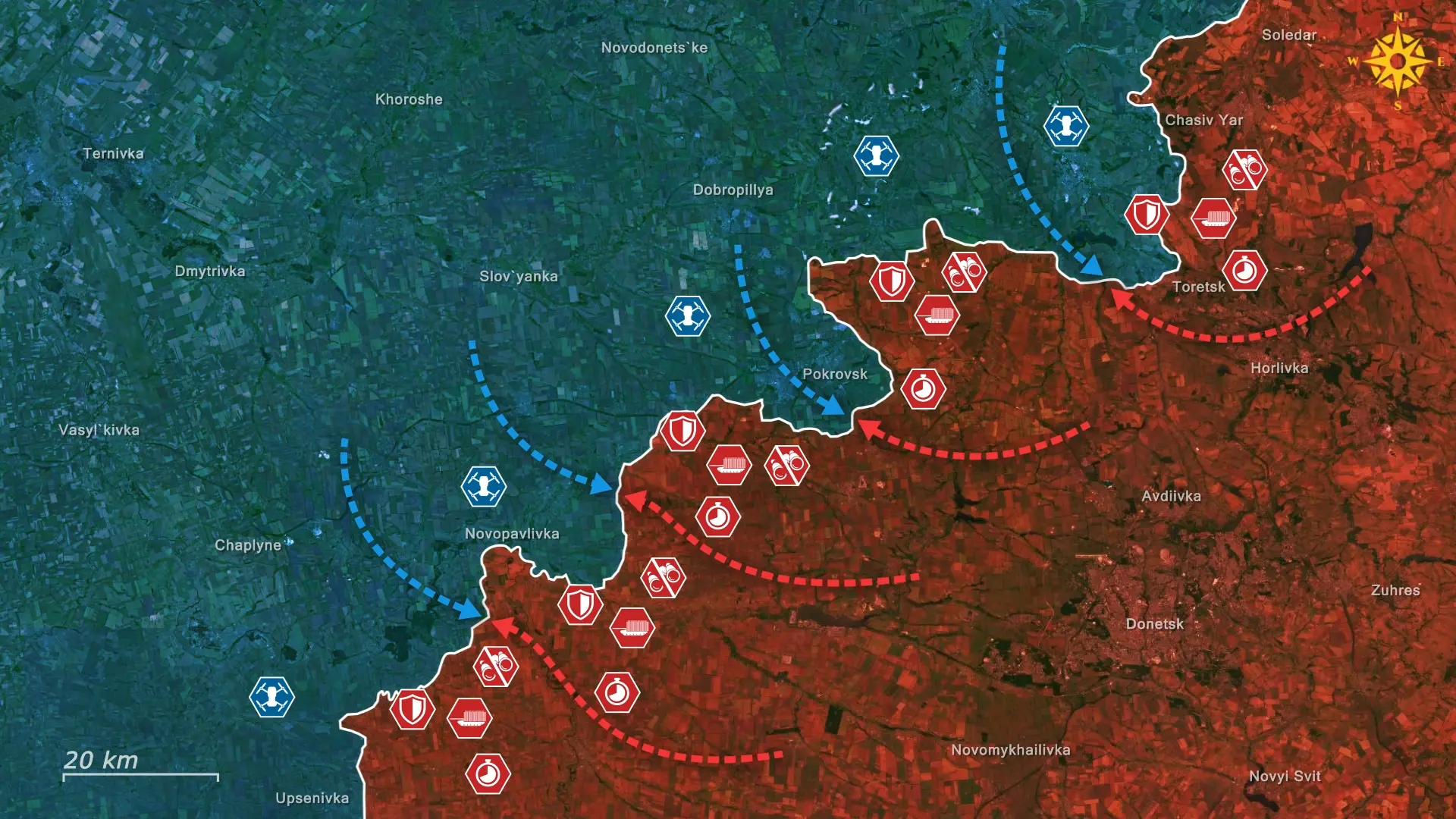









.jpg)
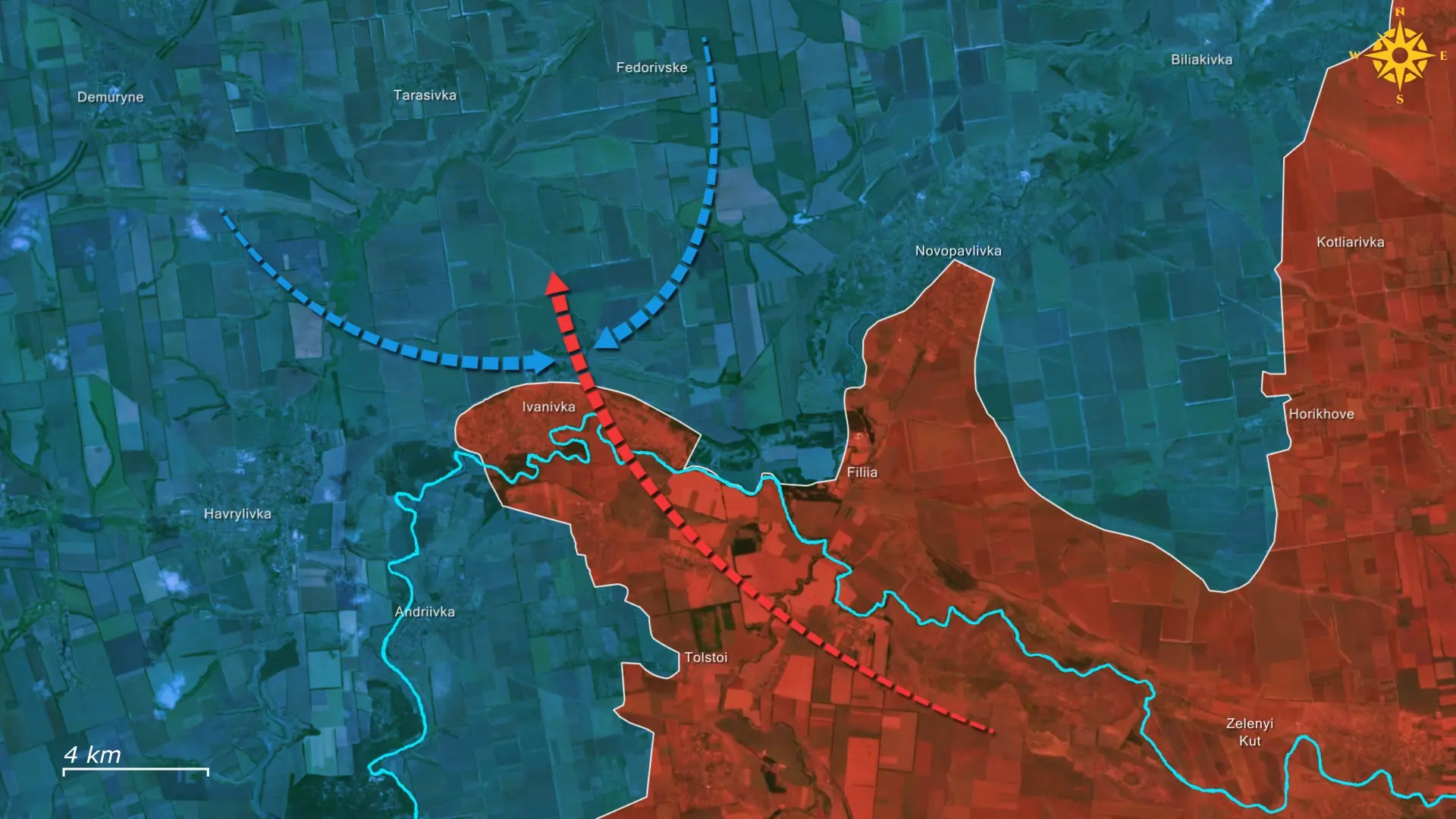

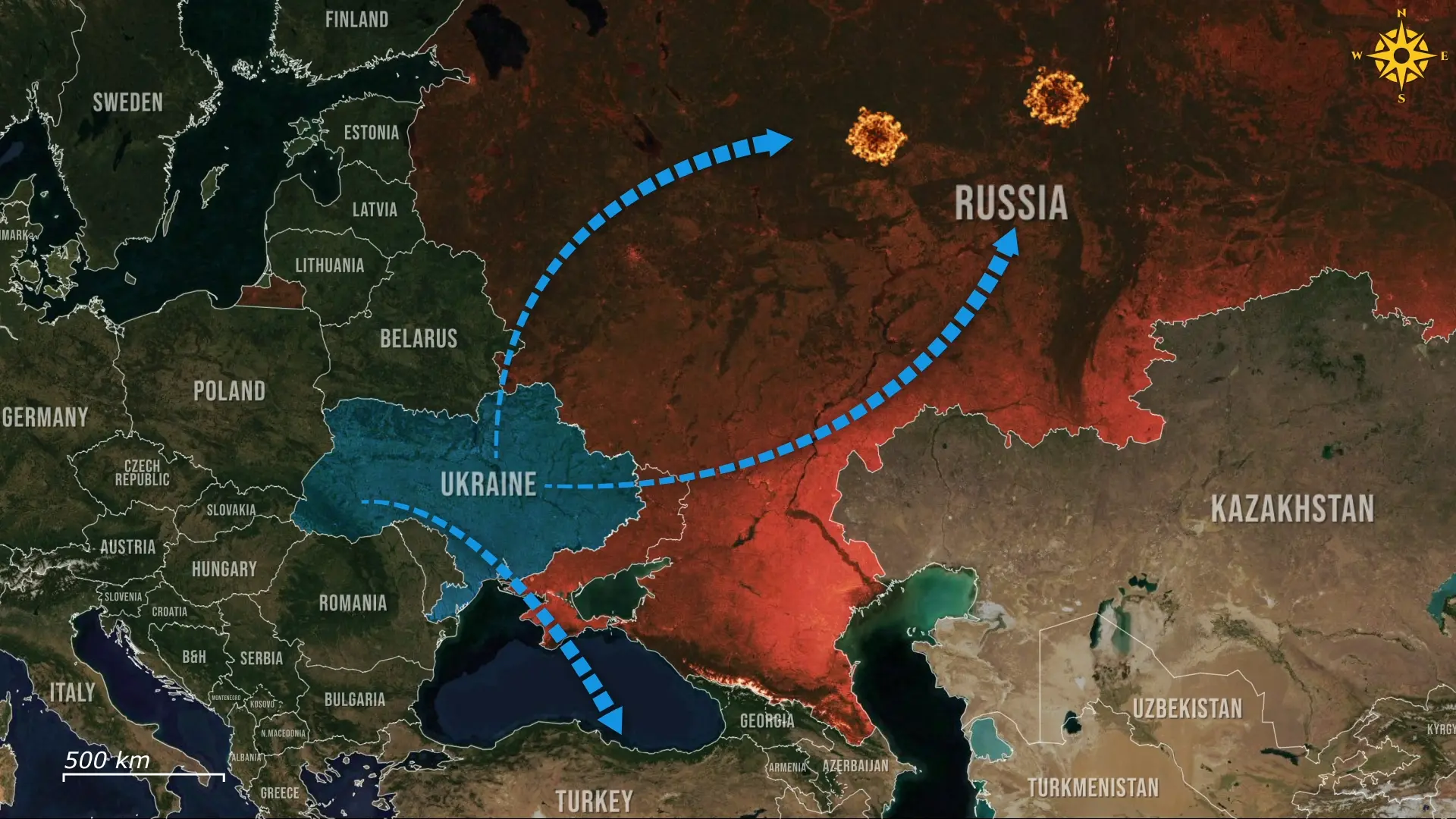
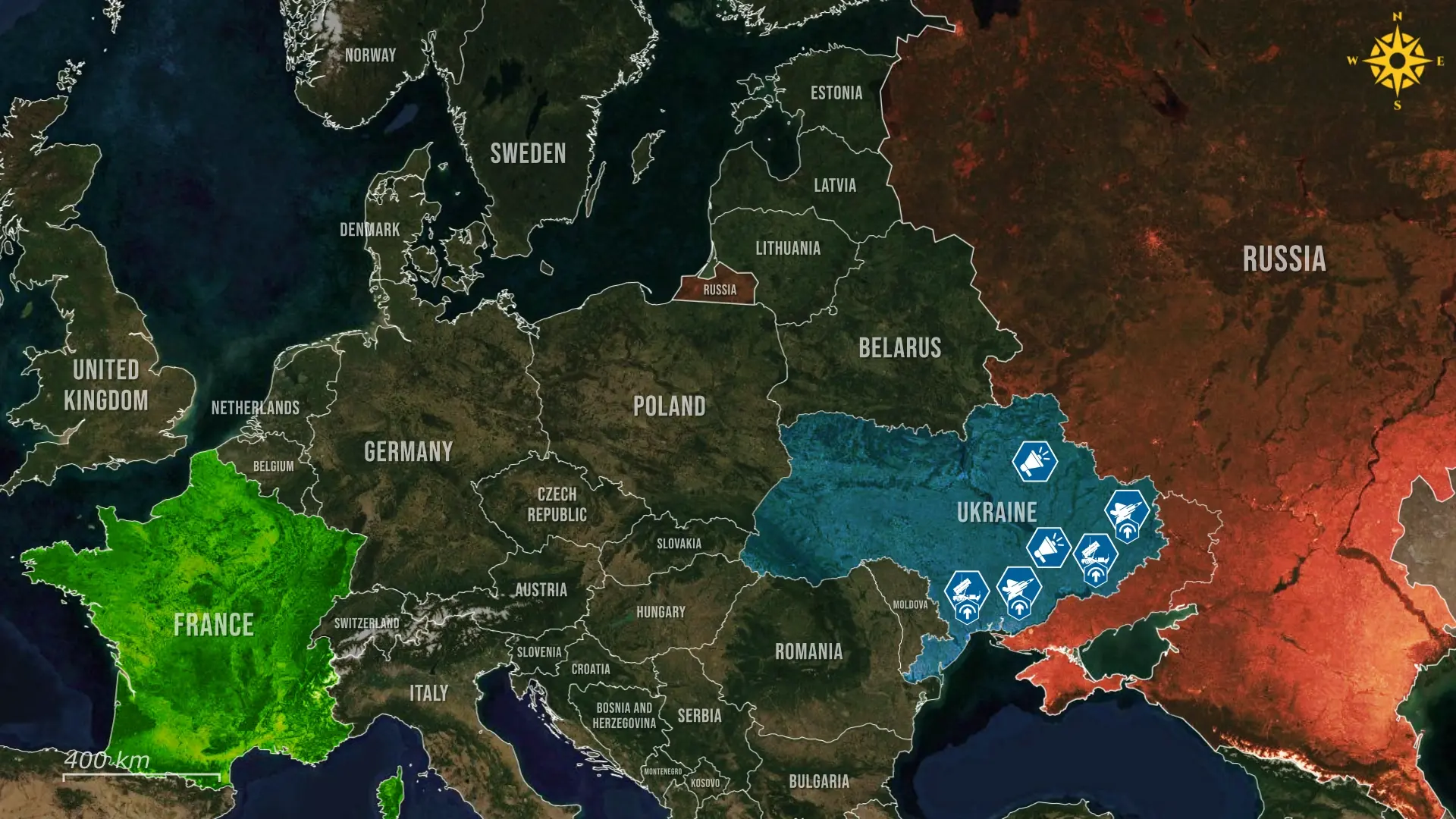
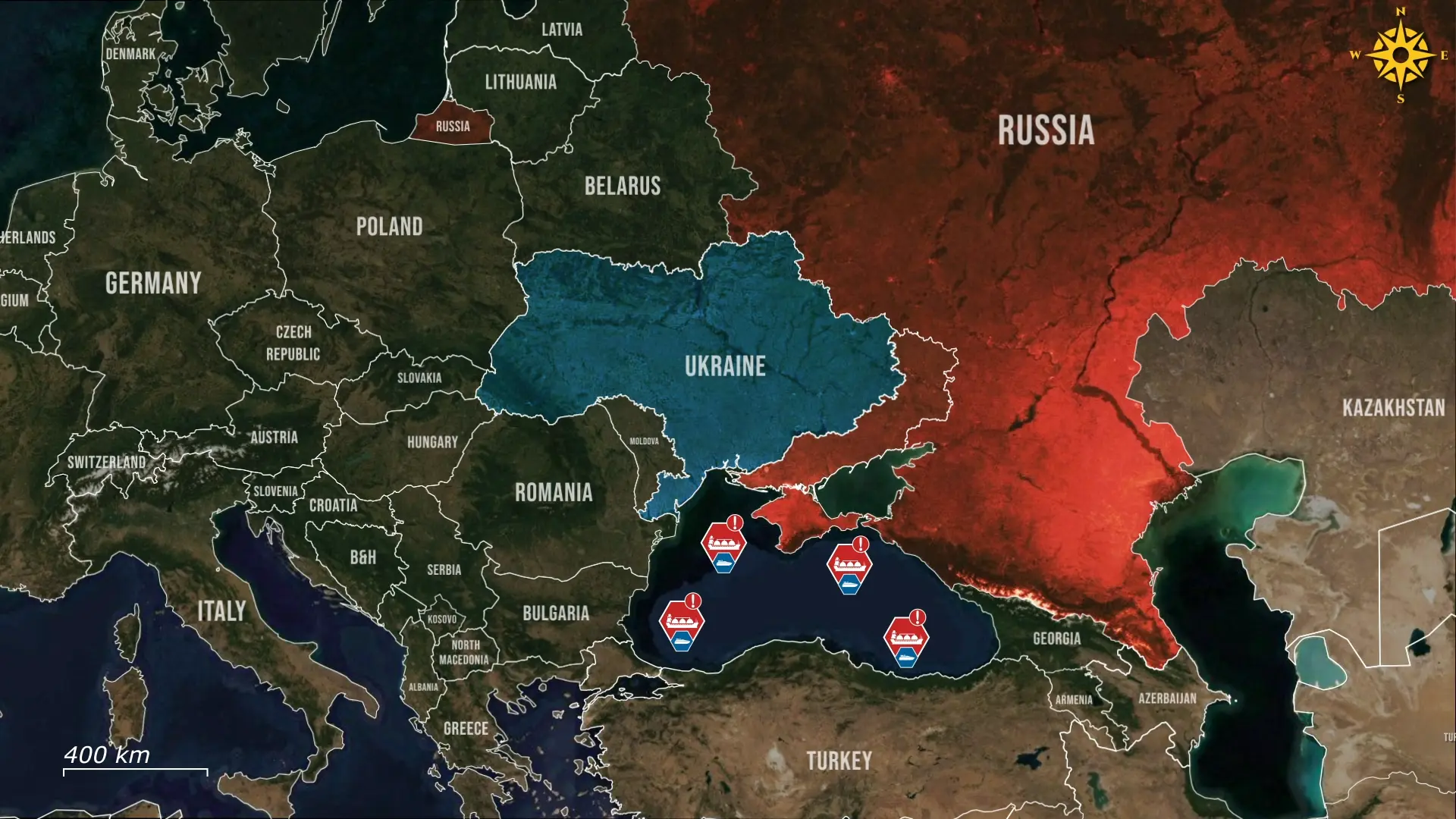
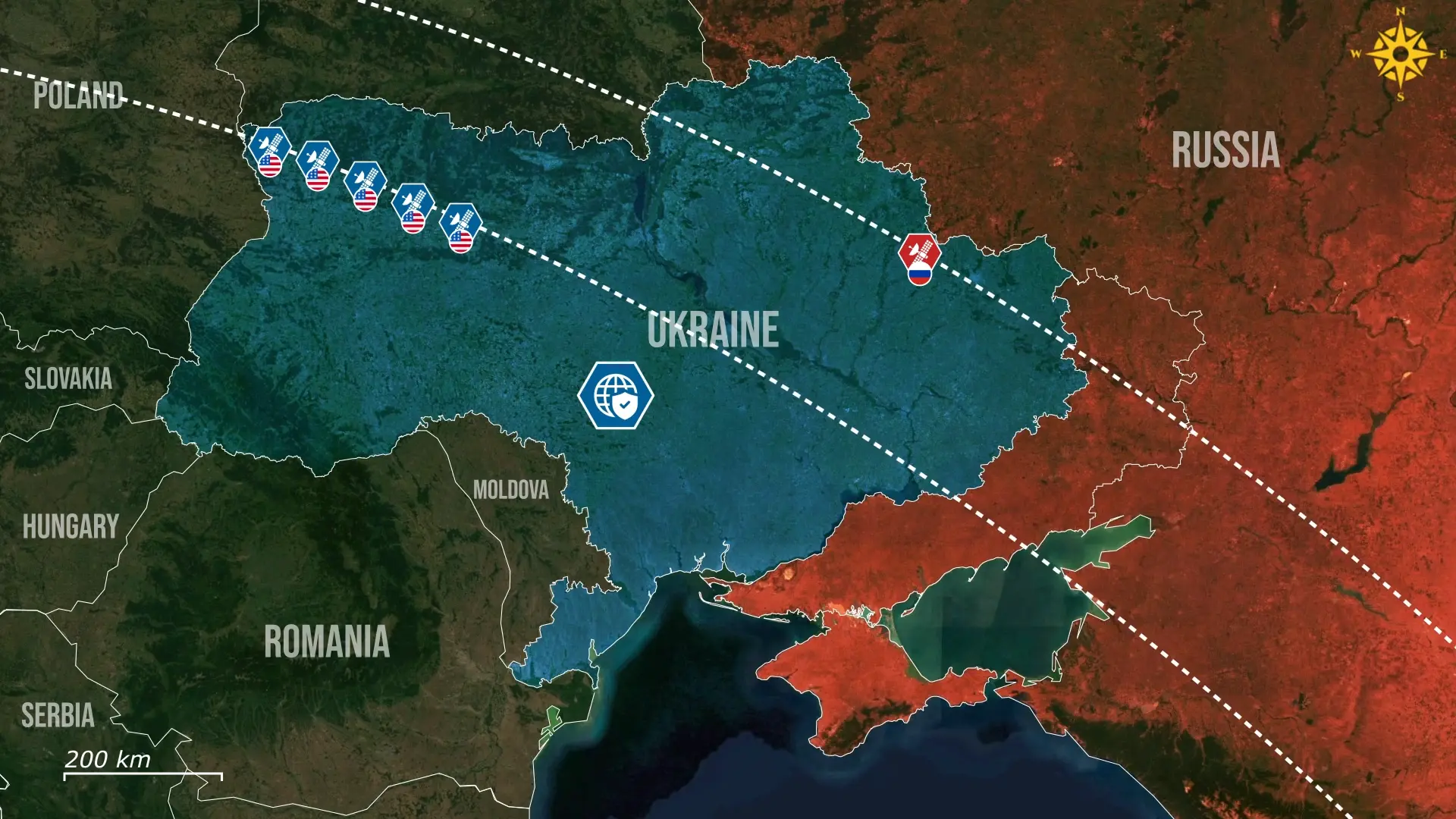
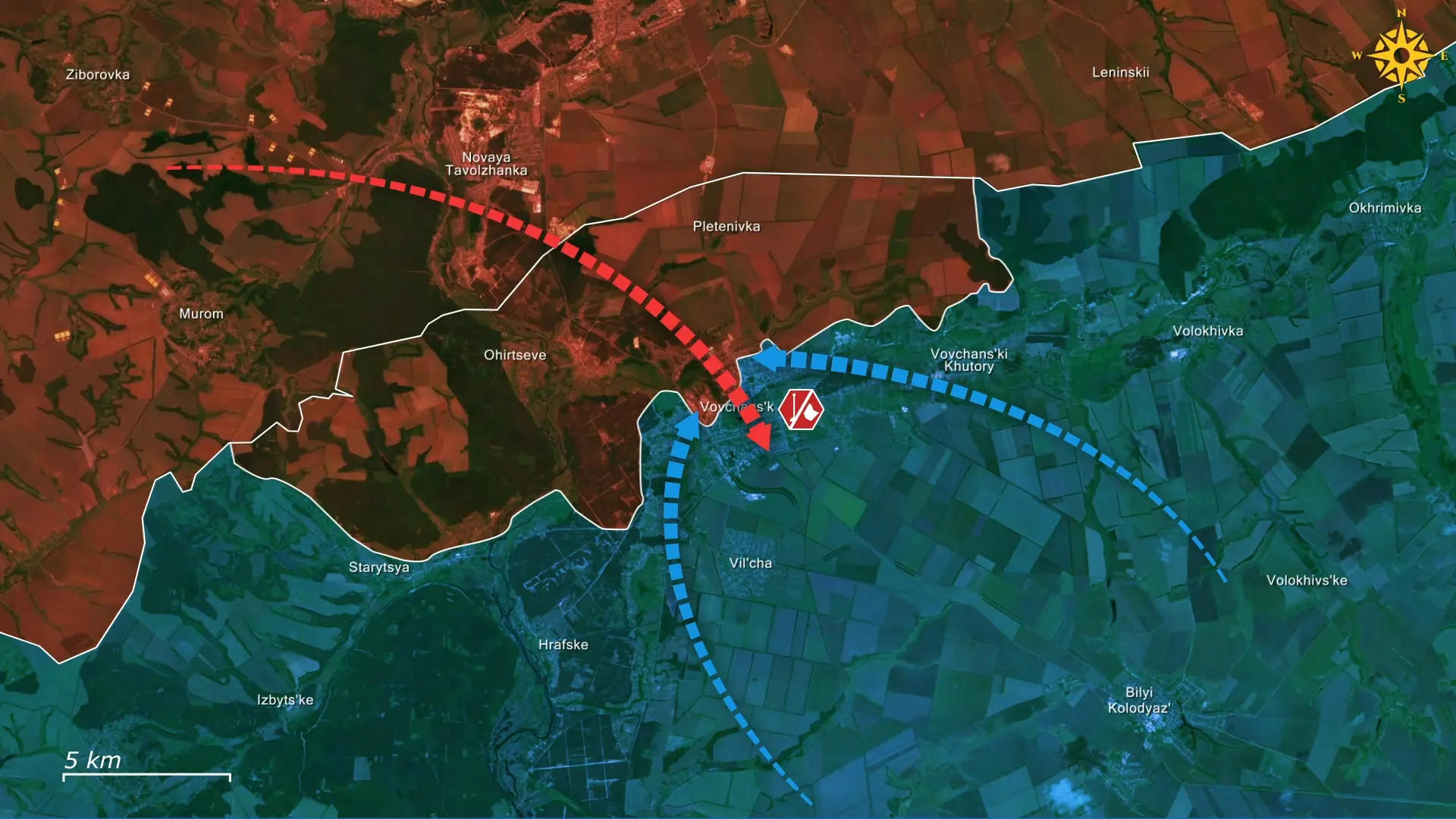
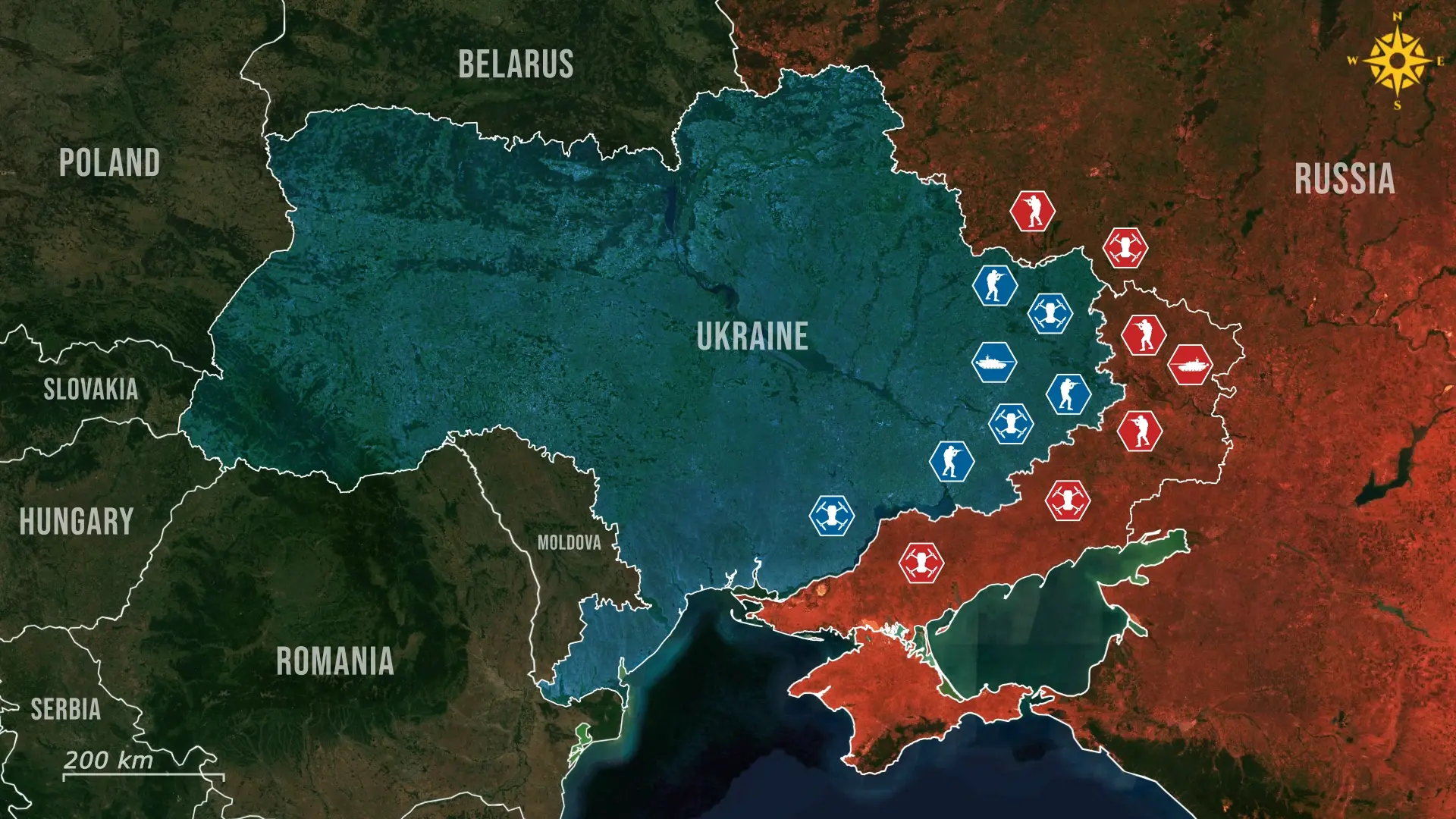
Comments